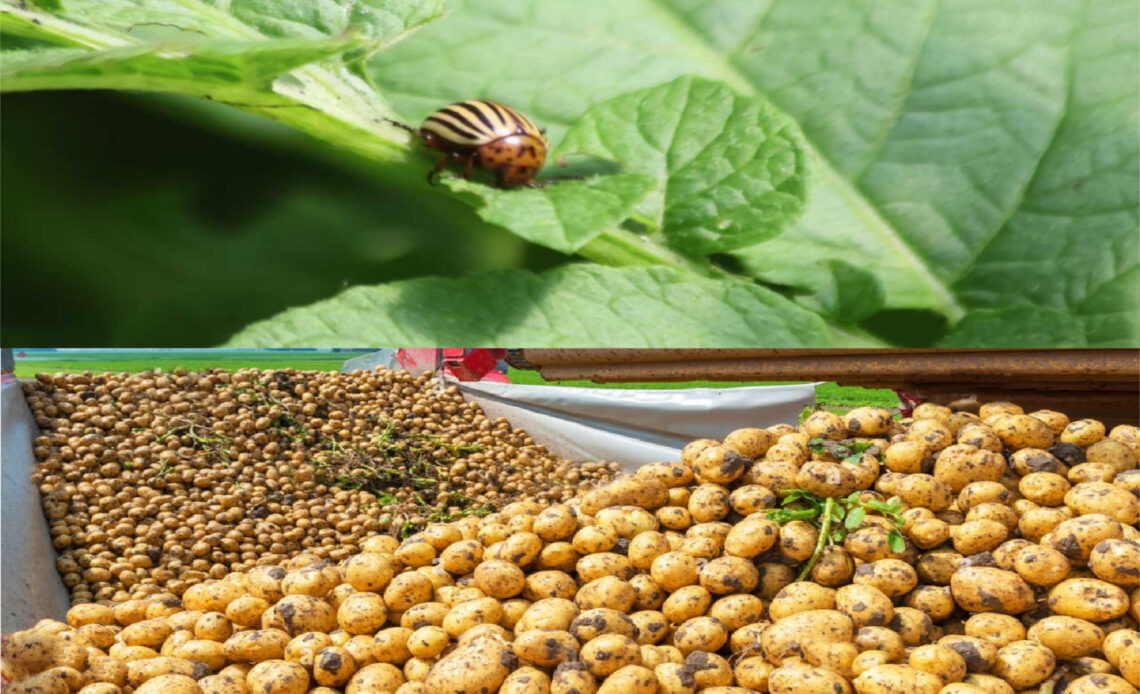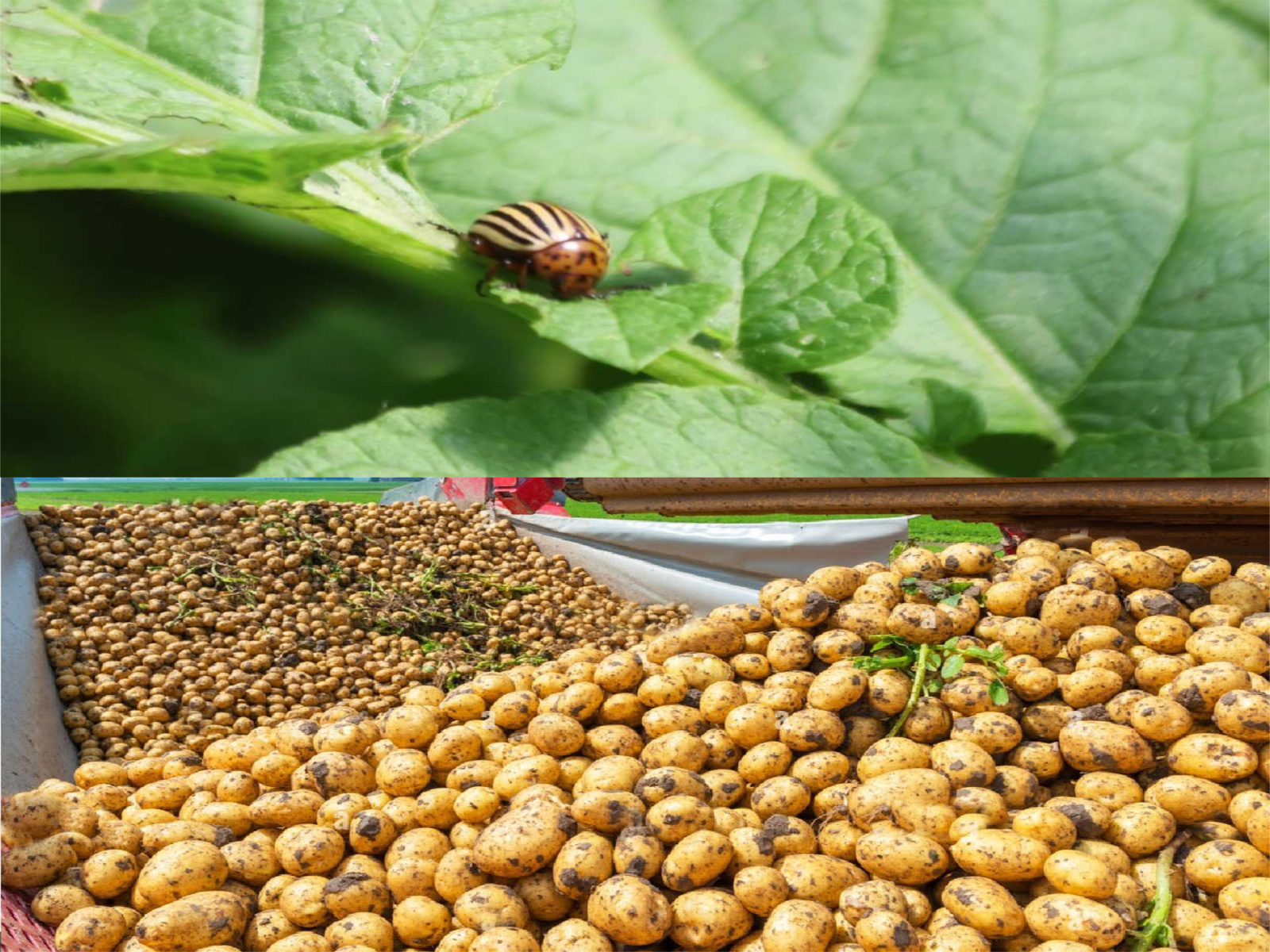
Guarding Potatoes: Effective Measures Against the Colorado Beetle
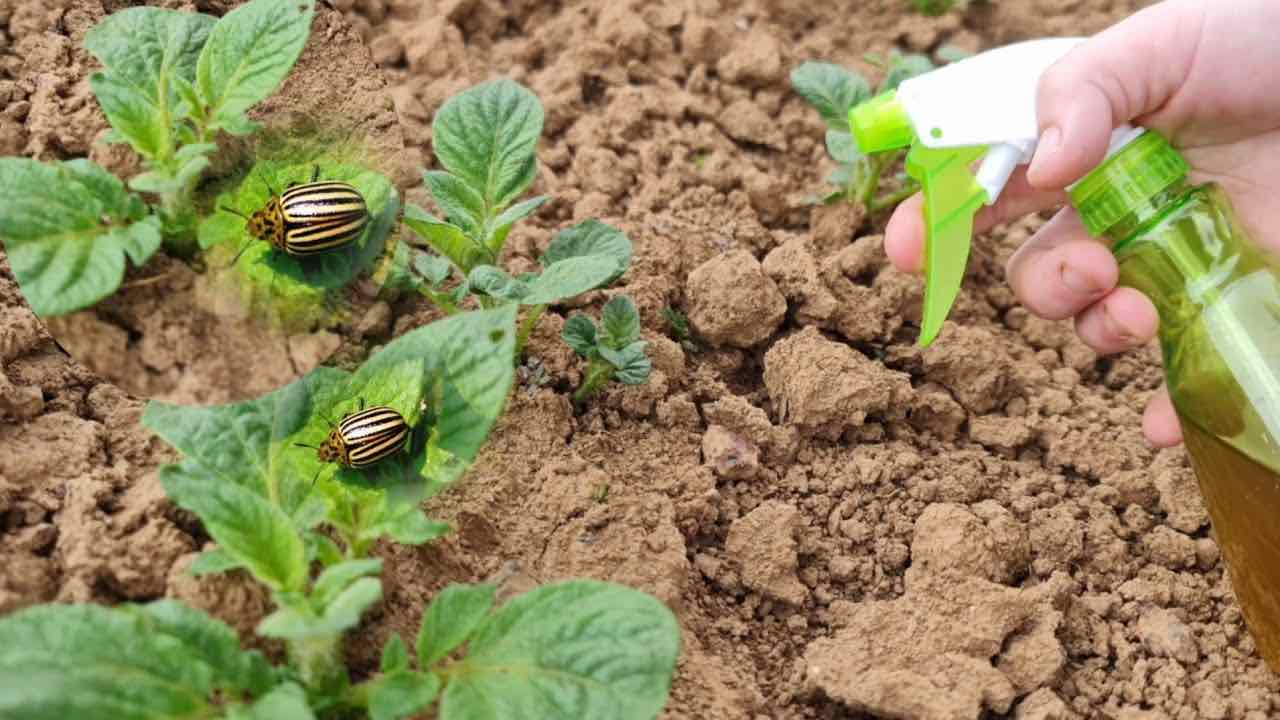
When facing the threat of the voracious Colorado beetle (Leptinotarsa decemlineata), swift action becomes crucial to protect the potato crop. This beetle, notorious for its rapid reproduction and ravenous larvae, poses a significant challenge for gardeners.
The potato, a staple in home gardens, falls victim to the appetites of this attractive but destructive beetle, along with other solanaceae family members like tomatoes and bell peppers. Recognizable by its yellow body with black spots, the adult beetle, measuring 10-12 mm, and its orange-red larvae with rows of black dots, wreak havoc on crops.
Originating from the United States, the Colorado beetle invaded Europe in the 1920s, causing widespread crop damage and prompting legislative measures to combat its impact. Despite efforts, control methods were insufficient, allowing the beetle to spread across the continent, aggravated by subsequent world events.
Seasonal Emergence and Lifecycle
As the warmer months arrive, typically around May, the overwintered adult beetles emerge and seek host plants, particularly potatoes, to lay their eggs. With each female capable of laying 700 to 2,000 eggs, a cycle ensues, producing new generations of beetles every 20-25 days between June and September.
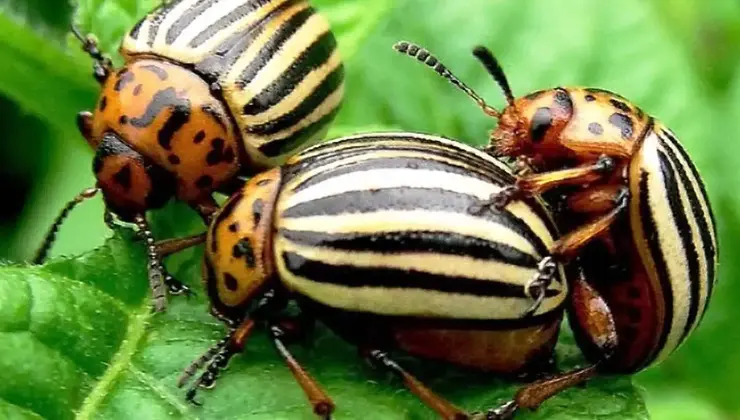
Identification of infested potatoes becomes evident as the beetle, along with its larvae, consumes plant foliage, leading to the skeletonization of leaves, flowers, and fruits. Larvae are the primary culprits behind this damage.
Preventive Strategies
An essential preventive measure involves implementing a robust crop rotation strategy. However, on a smaller scale, such as a family garden, this may have limited effectiveness, as adult beetles can easily traverse short distances to reach potatoes.
A practical approach involves employing “bait plants.” These are potatoes grown in a miniature greenhouse, acting as magnets for overwintering adult pests. By transplanting these plants early in May, the pests are captured and disposed of before infesting the main potato crops.
Another preventive step is the eradication of weeds, known hosts for the Colorado beetle. Removing preferred weed varieties reduces the likelihood of subsequent infestations.
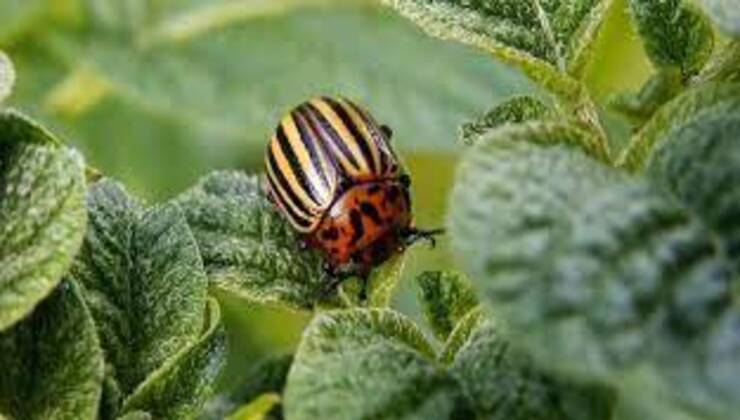
Organic Insecticides for Intervention
In cases of infestation, the use of insecticides becomes necessary. Opting for organic-approved insecticides, such as Bacillus-based solutions, is crucial to preserve the natural predators of the Colorado beetle.
Neem oil, containing azadirachtin, serves as an effective option, influencing plants through ingestion and contact. Its systemic effects and repellent properties make it a valuable tool in organic farming.
Acetamiprid, with its high systemic distribution, acts through ingestion and offers lasting protection against larvae and aphids. Application ensures resilience against rain, making it an effective choice for combating Colorado beetle infestations.
In the battle against the Colorado beetle, a multifaceted approach combining prevention and intervention with organic solutions emerges as the key to safeguarding the potato crop.
